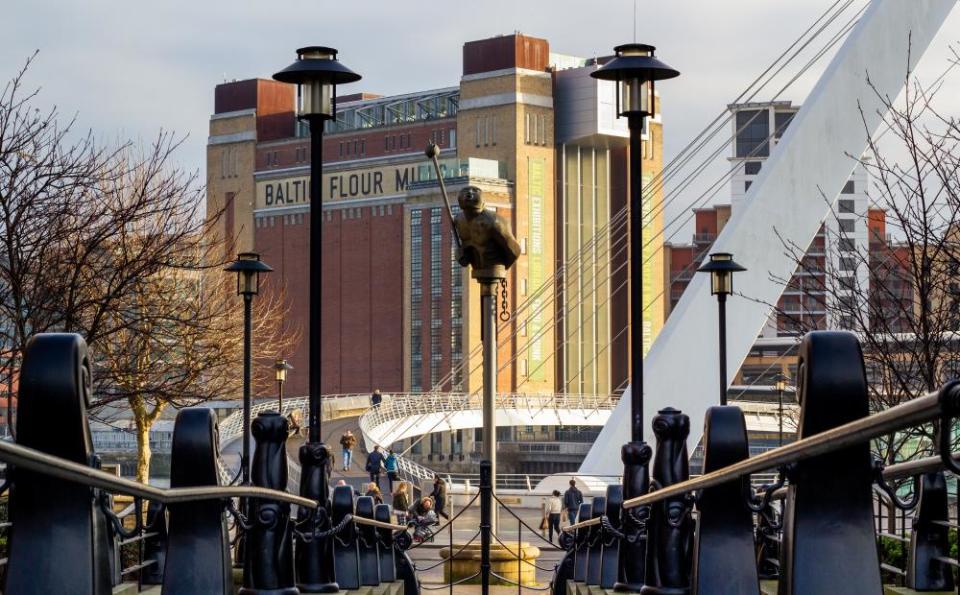Can we rescue the arts - and arts funding - from perennial elitism?
The arts are a problem. That’s worrying for a culture columnist like me. A survey among 5,000 people for Arts Council England (Ace) concludes that many are uncomfortable with the term “the arts”, associating it simply with opera and ballet. Around half the population also never enters a theatre or gallery because they are intimidated by the buildings themselves (“walled barriers”).
Tomorrow, Ace will try to address these problems by publishing its strategy for the next decade. Let’s Create will, I gather, place emphasis on people’s own creativity, with a particular push for young people, rather than Ace’s historic priority of putting money into cultural productions and institutions. It will now give communities, whether in villages or cities, more chance to influence culture offerings, following examples such as the Cultural Spring in Sunderland and a thriving arts bash in Efford, a deprived part of Plymouth.
To justify future funding, arts companies must provide more for their locality rather than staging, say, a play or art exhibition. The Royal Opera House, which has set up a choir in Thurrock, Essex, where it stores its props, is going to have to spread its wings further to justify its whopping £24m a year from Ace, which includes money for its sister company the Royal Ballet.
That figure represents a sizable 6% of the total dished out annually to Ace’s 829 regular recipients. No wonder smaller companies complain about unfairness. It’s also scandalous that the Royal Opera and Ballet hardly ever tour England, unlike the National Theatre, which does so extensively.
A counter report, Ace in a Hole?, will be published tomorrow by leading cultural academics. They will argue that the organisation talks too much in “vague generalisms” (I agree) and that its funding “still unjustly” favours those who already enjoy culture. It concludes that trust has been lost between the arts establishment and the people. Ouch.

Giving more to the regions does pay dividends. A decade back, Ace provided the Baltic gallery in Gateshead with £1.5m a year. Now it is £3m. Last year, the Baltic welcomed 500,000 visitors – and one third of those were under 26. You might have thought the pro-Brexit north-east would be more traditional in its cultural preferences. Not judging by the Baltic’s cutting-edge global contemporary art programme. Currently showing a retrospective of the feminist American Judy Chicago, coming up later in 2020 are exhibitions from the Anglo-Bangladeshi Imran Peretta; the Colombian Abel Rodríguez; Pakistani-American Huma Bhabha; and the duo known as Pakui Hardware from Lithuania – a real Baltic link.
A recent survey reveals that nearly half the paintings in the National Gallery are Italian. Greece has more objects on show in the British Museum than any other country, with just a tiny proportion from Britain. In the V&A, however, almost a third of its collection is British. Maybe not that surprising, but an interesting snapshot (from builders Barratt London, who commissioned their survey, they claim, because of their love of heritage). Other countries’ collections are less diverse: 31% of the Louvre’s works are French, 60% in Tokyo’s Mori Art Museum are from Japan, while Madrid’s Prado is 44% Spanish. Cultural nationalism reigns.

